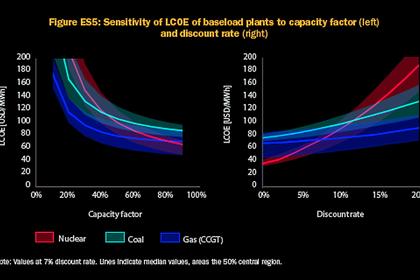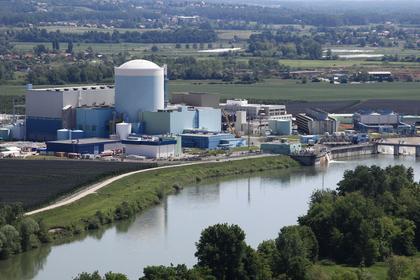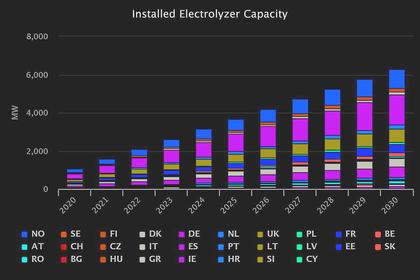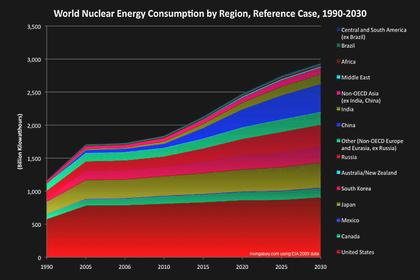
U.S. SPACE NUCLEAR
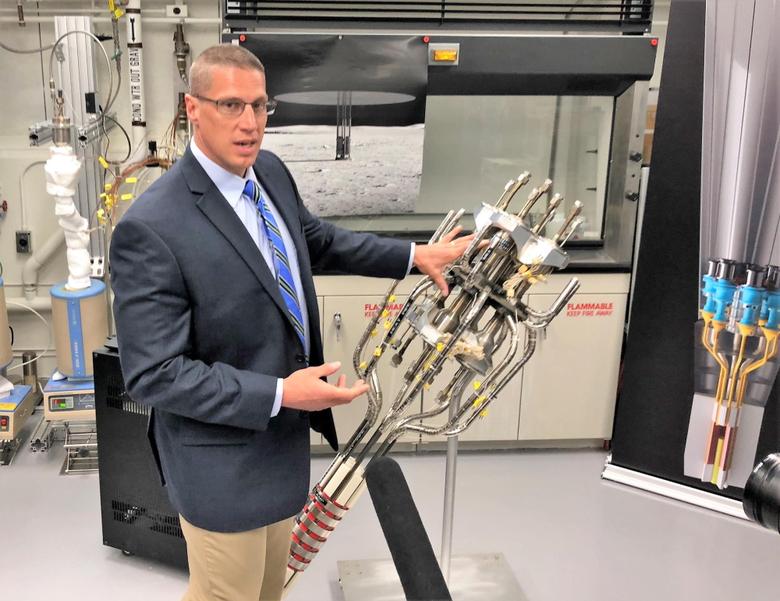
WNN - 10 December 2020 - The US government yesterday announced the release of the National Space Policy, which advocates for developing and deploying nuclear power and propulsion systems on US space missions. The document specifies who, or which government agency, is responsible for various aspects of their development and deployment.
The policy calls for the USA to develop and use space nuclear power and propulsion (SNPP) systems "where such systems enable achievement of United States scientific, national security, and commercial objectives." It adds, "The United States will adhere to principles of safety, stability, security, and long-term sustainability in its development and utilisation of space nuclear systems." Authorisation for launches of spacecraft containing space nuclear systems will follow a tiered process based on the characteristics of the system, level of potential hazard, and national security considerations, the policy adds.
The document calls for the Administrator of NASA and the Secretary of Defense to conduct and support design, development, and utilisation of space nuclear systems, "as appropriate, to enable and achieve their respective mission objectives".
It also says the Secretary of Energy shall support the design, development, and utilisation of SNPP systems "to enable and achieve the scientific, exploration, and national security objectives of the United States, in coordination with sponsoring agencies and entities, as appropriate". The Secretary of Energy will also maintain, on a full cost recovery basis, the "capability and infrastructure to develop, furnish, and conduct safety analyses for space nuclear systems for use in United States Government space systems."
The Secretary of Energy, in cooperation with the Secretary of Homeland Security and the heads of appropriate agencies, are to provide technical and operational support to the launch of SNPP systems "to prepare for and respond to any potential radiological impacts of a launch to ensure the protection of public health and safety."
Meanwhile, the Secretary of Commerce, in coordination with other appropriate agencies, will promote "responsible United States commercial space nuclear system investment, innovation, and operations". The Secretary of Transportation will, in consultation with other applicable agencies, serve as the licensing authority for commercial launches of space nuclear systems.
"The new National Space Policy is my plan for how the executive branch will advance United States interests in space for the benefit of the American people," President Donald Trump said in a statement. "By charting a clear course for United States space activities, this policy reaffirms our leadership in the space domain and our status as the world's foremost spacefaring nation."
He added, "Through our Artemis programme, the United States is working hand-in-hand with commercial and international partners to return to the Moon - this time to stay - and prepare for the next great American adventure, the giant leap to Mars."
Artemis Team
Yesterday, NASA announced the 18 astronauts that will form the Artemis Team and "help pave the way for the next astronaut missions on and around the Moon as part of the Artemis programme."
The team include nine men and nine women, one of which will become the first woman to land on the moon. Among the women is Kayla Barron, who holds a bachelor's degree in systems engineering and a master's degree in nuclear engineering. As a submarine warfare officer, Barron was a member of the first class of women commissioned into the submarine community. She is a lieutenant commander in the US Navy.
The Artemis Team will help NASA prepare for the coming Artemis missions, which begin next year working with the agency's commercial partners as they develop human landing systems; assisting in the development of training; defining hardware requirements; and consulting on technical development.
-----
Earlier:
